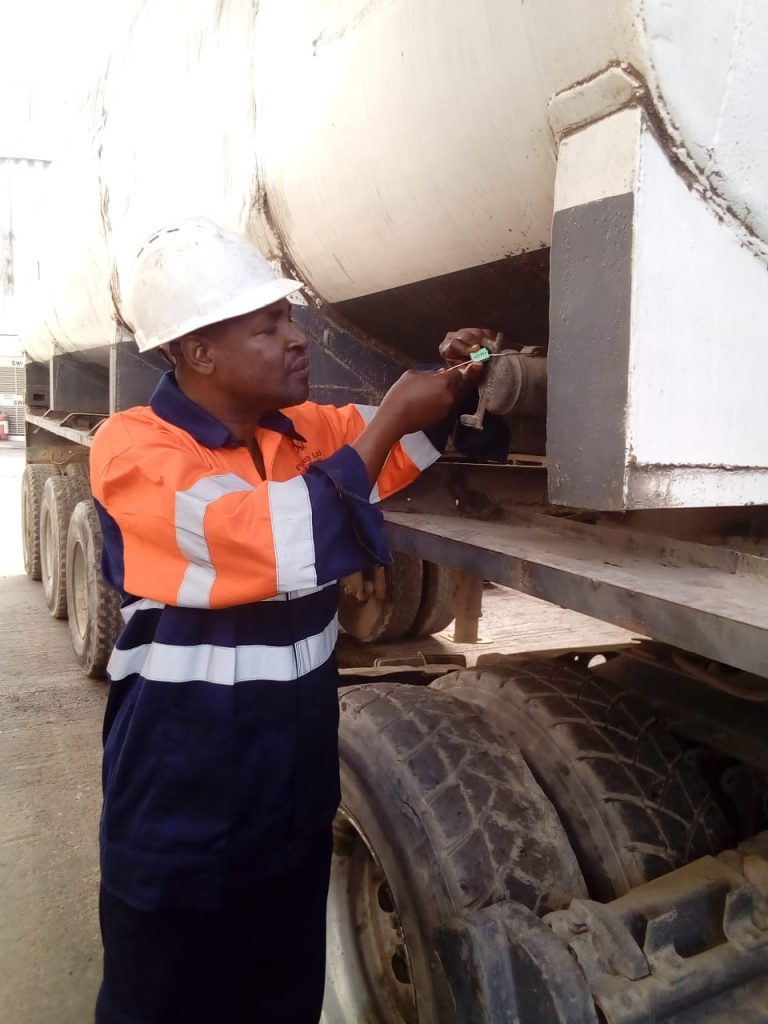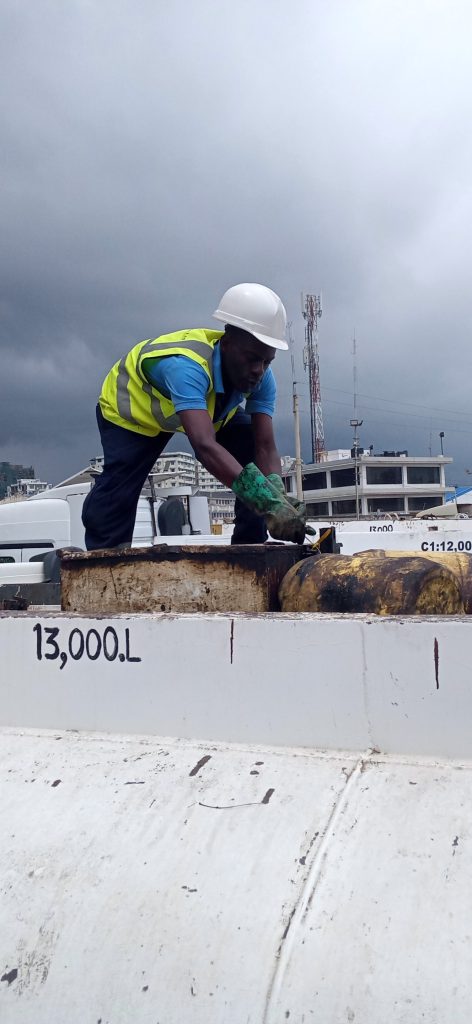Bulk liquid cargo is diverse, part of it includes #petroleum oils, #petrochemical products and #lubricants. Other common ones are edible products such as #palm oils, #milk and even #water.
Transportation of these products is specialized, depending on the varying chemical and physical properties of each particular product. One common phenomenon for all is that #variances do arise during transportation. This is because of the liquid nature of the products and unique characteristics of measuring equipment and quantification methodologies.
It therefore occurs that sales contracts will at many times factor in matters of delivery variances and responsibilities of each party involved. Under these agreements, anticipated variances are set to limits/ranges deemed normal, by percentage or quantity – as discussed and agreed to be transit variances, in line with specific industry practices.
Quite often, however, the variances do exceed set limits/ranges! Deliveries by road/rail are prone to these out-of-range variances, especially losses. With improper management of the process, the losses can be huge and worrying!
Some strategies can help mitigate the losses, and they include;
- Proper Inspection of Road/Rail tankers prior to loading. Among other items, this will check for obvious leak points and functionality of delivery valves, which otherwise would cause leakages along the way to the delivery point.
- Tanker dipping after loading completion to quantify and ascertain loaded quantities
- Weight determination by weighbridge (WB). Tare weights (TWs) and Gross weights (GWs) are taken for unloaded and loaded trucks, respectively, to calculate Net weights (NWs). It’s vital to check that all wheels of weighing trucks are positioned on the WB before capturing any weights. Likewise, foreign items on the trucks noted during initial weighing should be confirmed present and in the same conditions during final weighing…such items may include spare wheels, wheel chocks, water tank content, lubricant jerrycans, etc. Lastly, check whether trucks weigh with drivers inside cabins or not.
- Comparison of quantity computed from dips with NWs from the WB and recheck in cases where the resulting variances between the two are huge, say more than 500 kg.
- Sealing of the Tankers after loading and inspection of the seals at the offloading point will provide clues to whether the cargo was tampered with. However, the choice of seal should be made wisely, since not all seals may be tamperproof. In fact, it takes a keen eye to detect tampering with some seals!
- Check loading/receiving tank quantity and compare the total trucks’ quantities weighed at the WB and as computed from the dips.
- In-depth Analysis of the quantities as measured and determined in the respective Terminals/Depots/Plants and thinking through to relate and identify trends
Additional strategies may include using multiple WBs to check accuracy of individual WBs, escorting tankers from loading to delivery point and using technology to track movement of the tankers throughout journeys.
The best results are achieved when the relevant stakeholders (Cargo Owners, Financiers, Insurers, Terminals, Depots, Plants, Government Authorities, etc.) work together, linked by a #Loss Control #Cargo Surveyor. It takes the #desire to do it, #teamwork, #ethics and #skill.














